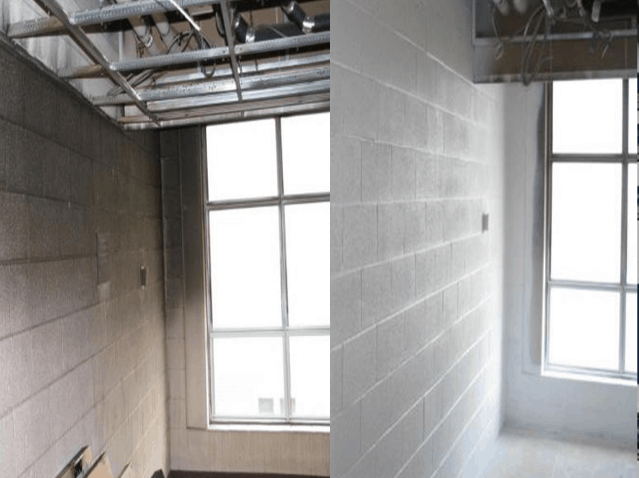History and Usage of Dry Ice Blasting
 Dry Ice Blasting is now recognised as the foremost solution for the industry to maximise production capability and quality. The process uses similar principles to other intense cleaning methods including sand and soda blasting whereby particles are accelerated via pressurised stream towards a surface to remove dirt and residue. However, unlike these traditional methods, dry ice blasting is multi-purpose and can be used in even the most sensitive of environments including food manufacturing. Furthermore, dry ice blasting is regarded as the environmentally friendly alternative for such cleaning and it helps that in most cases no disassembly of the surrounding structures is required.
Dry Ice Blasting is now recognised as the foremost solution for the industry to maximise production capability and quality. The process uses similar principles to other intense cleaning methods including sand and soda blasting whereby particles are accelerated via pressurised stream towards a surface to remove dirt and residue. However, unlike these traditional methods, dry ice blasting is multi-purpose and can be used in even the most sensitive of environments including food manufacturing. Furthermore, dry ice blasting is regarded as the environmentally friendly alternative for such cleaning and it helps that in most cases no disassembly of the surrounding structures is required.
How Did It Come About?
The first record of dry ice is attributed to French chemist Thilorier in 1835. He witnessed the appearance of solid CO2 – dry ice – at the bottom of a container which had housed liquid carbon dioxide. Thereafter the material was subjected to years of laboratory testing without any specific uses identified.
In 1892, a doctor in the British Army was granted a patent for solidification of carbon dioxide. His aim was to make soda water to mix with his whiskey but found the cylinders too heavy to carry. The dry ice was not used in the mainstream for this purpose as it would sublimate into gas before all of it was used.
Commercial Usage of Dry Ice Blasting
 Commercial use of dry ice started in 1925 in the fire extinguisher field, moving onto the rail network to insulate railroad cars. Products that realised the benefits of dry ice included ice cream, and frozen foods, particularly by Birdseye frozen foods that set up in 1931.
Commercial use of dry ice started in 1925 in the fire extinguisher field, moving onto the rail network to insulate railroad cars. Products that realised the benefits of dry ice included ice cream, and frozen foods, particularly by Birdseye frozen foods that set up in 1931.
However, it wasn’t until 1986 when dry ice blasting was considered an option for industrial cleaning. It was in this year that pioneers of dry ice blasting officially opened their first production plant to develop what was then simply an idea. Through the ‘90s, continued research and development produced robust and efficient technology that was practical and provided value for money.
Over the years the dry ice cleaning method has evolved into two systems; dual hose and single hose systems. Both systems will provide optimal cleaning results, but a single hose proves better for dealing with stubborn and heavier debris and also allows for the operator to be at a greater distance from the actual operation taking place. There is also the added choice of whether to use dry ice pellets or shaved dry ice blocks. Much like the differences between the dual and single hose options, shaved particles are recommended for intricate, confined areas while pellets work better for resistant contaminants.
We Can Help With Fire Restoration
If you’re facing the aftermath of a fire, contact us for professional cleanup services. Our team of professionals are experienced in cleaning industrial and commercial structures and production and plant equipment, and our work meets the highest industry standards.
Our mobile fleet is ready to tackle the toughest jobs in Toronto, Hamilton, Ottawa, London, Burlington, Windsor, Barrie, and Northern Ontario. Contact us today to see how we can help with your fire restoration needs.
Wickens Dry Ice Blasting tackles the toughest jobs across Ontario, offering fire restoration, mould remediation, asbestos abatement, lead paint abatement, and more. Contact us today for a consultation or emergency service!
You Might Also Like:
• Check out Our New Case Study: Using Dry Ice Blasting to Clean Economizer Piping
• Check out Our New Case Study: Toronto Condo Fire Restoration
• Check out Our New Case Study: Subway Restaurant Fire Restoration
- Happy Holidays from Wickens - December 20, 2023
- Maximize Your Year-End Shutdown: The Ideal Time for Industrial Cleaning with Dry Ice Blasting - November 24, 2023
- Introducing the Viking 4000 – A Game Changer in Dry Ice Blasting - July 28, 2023
